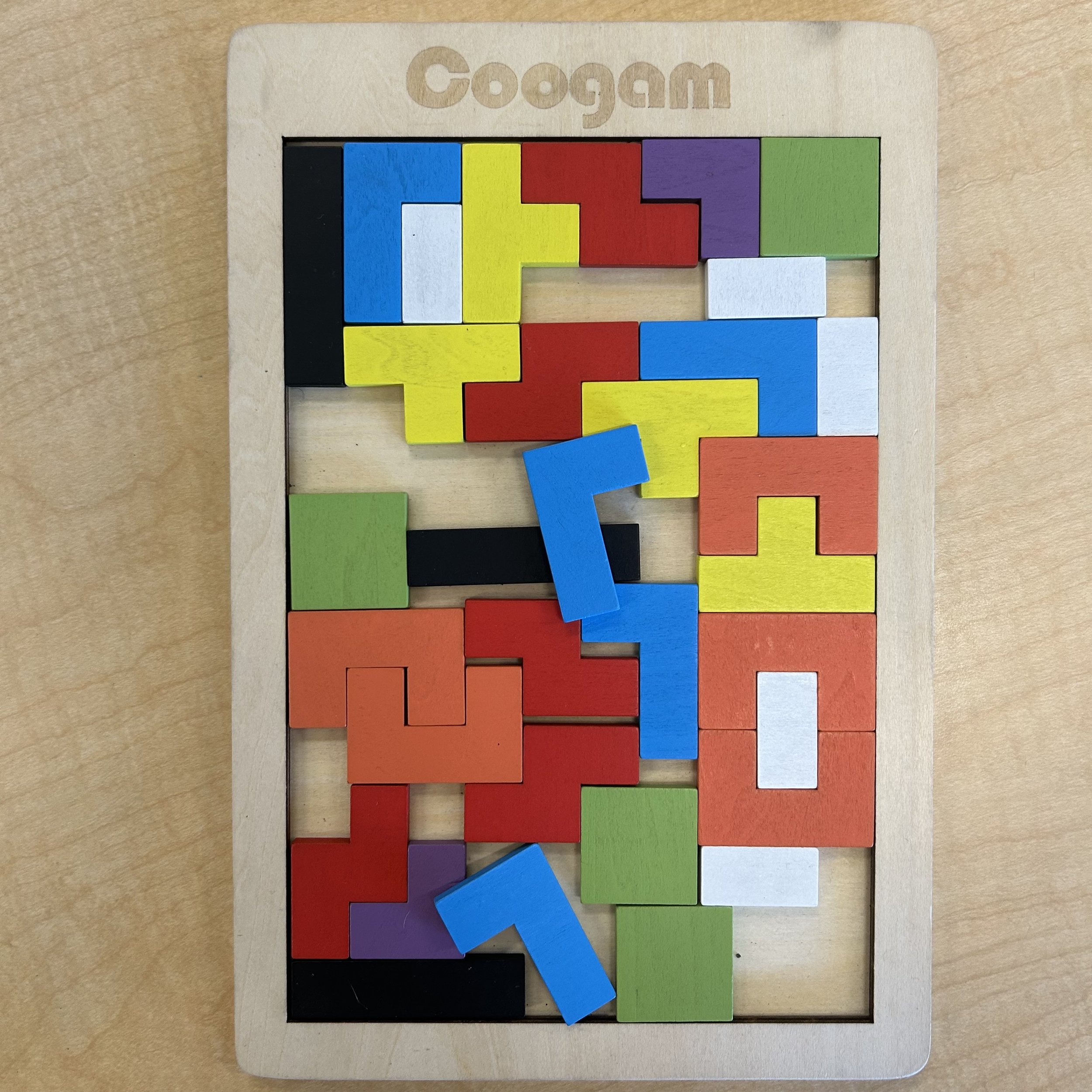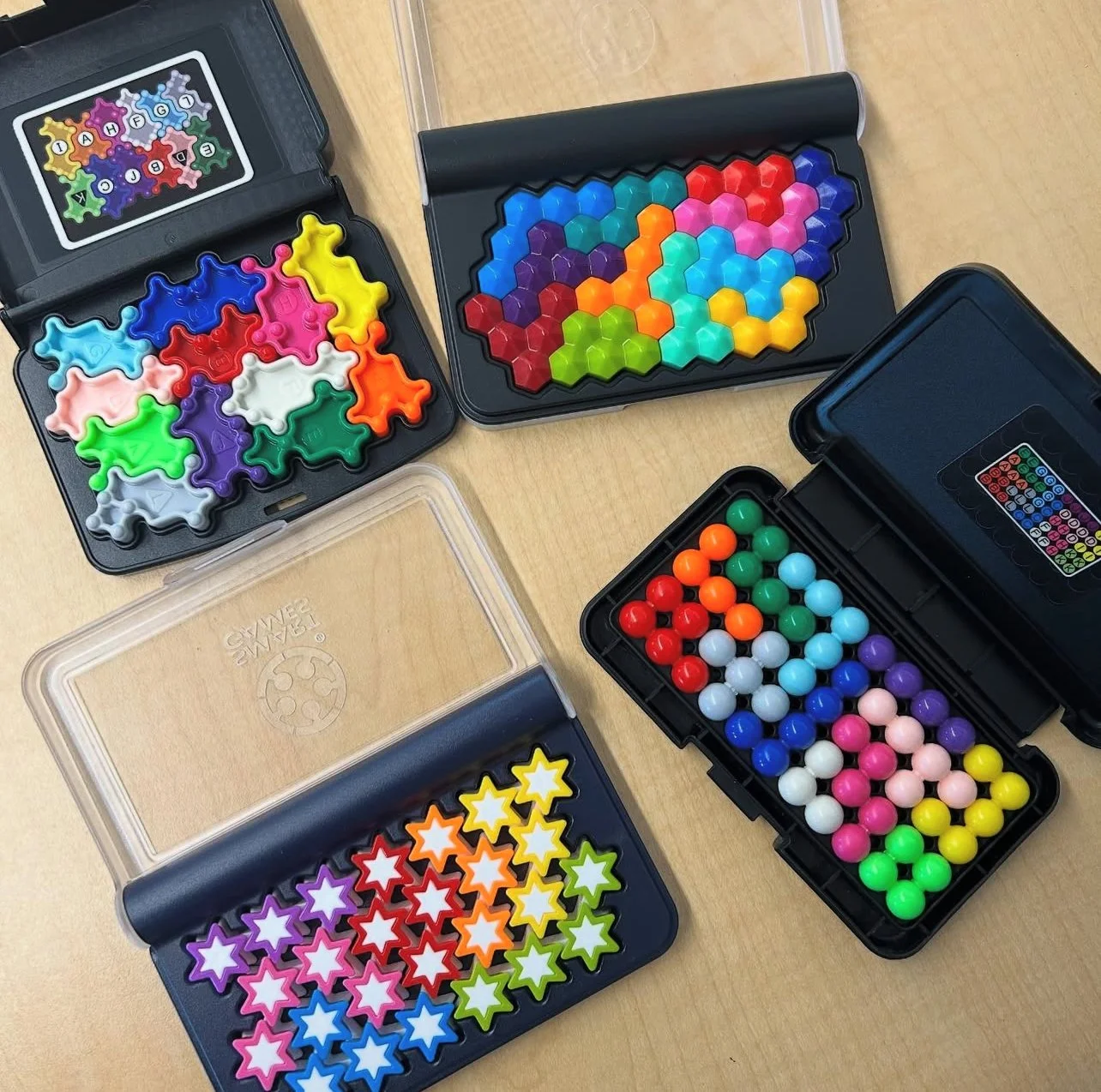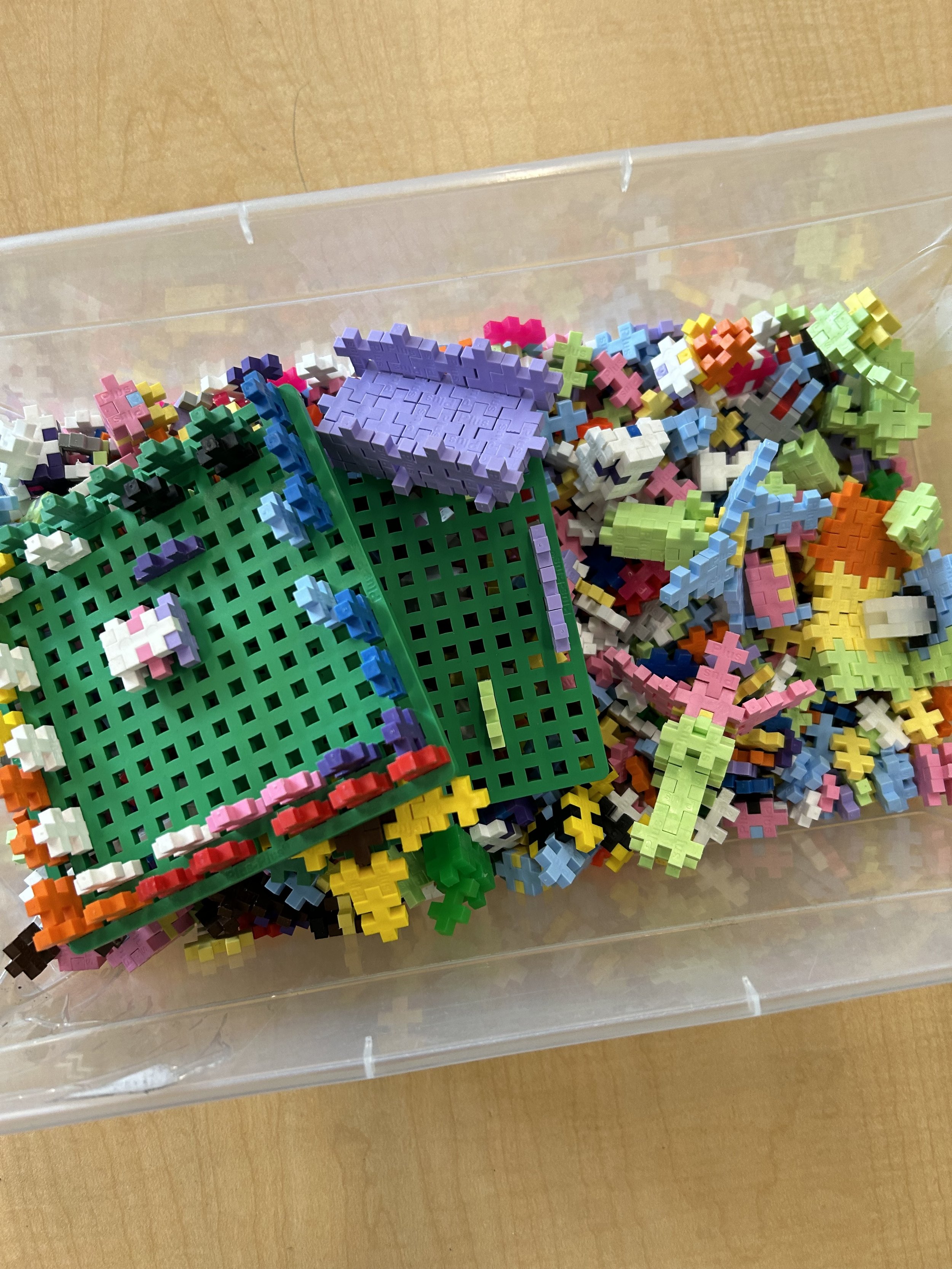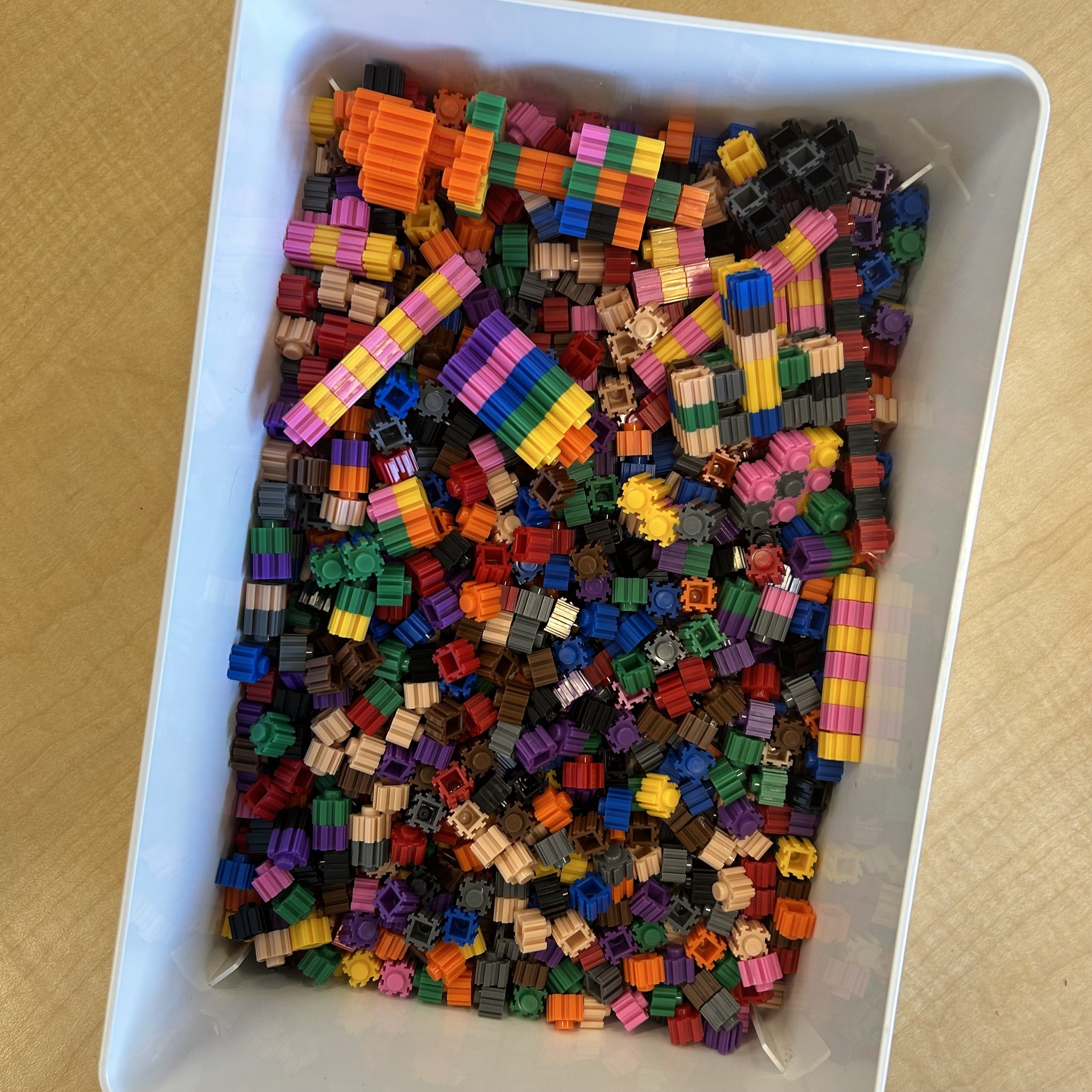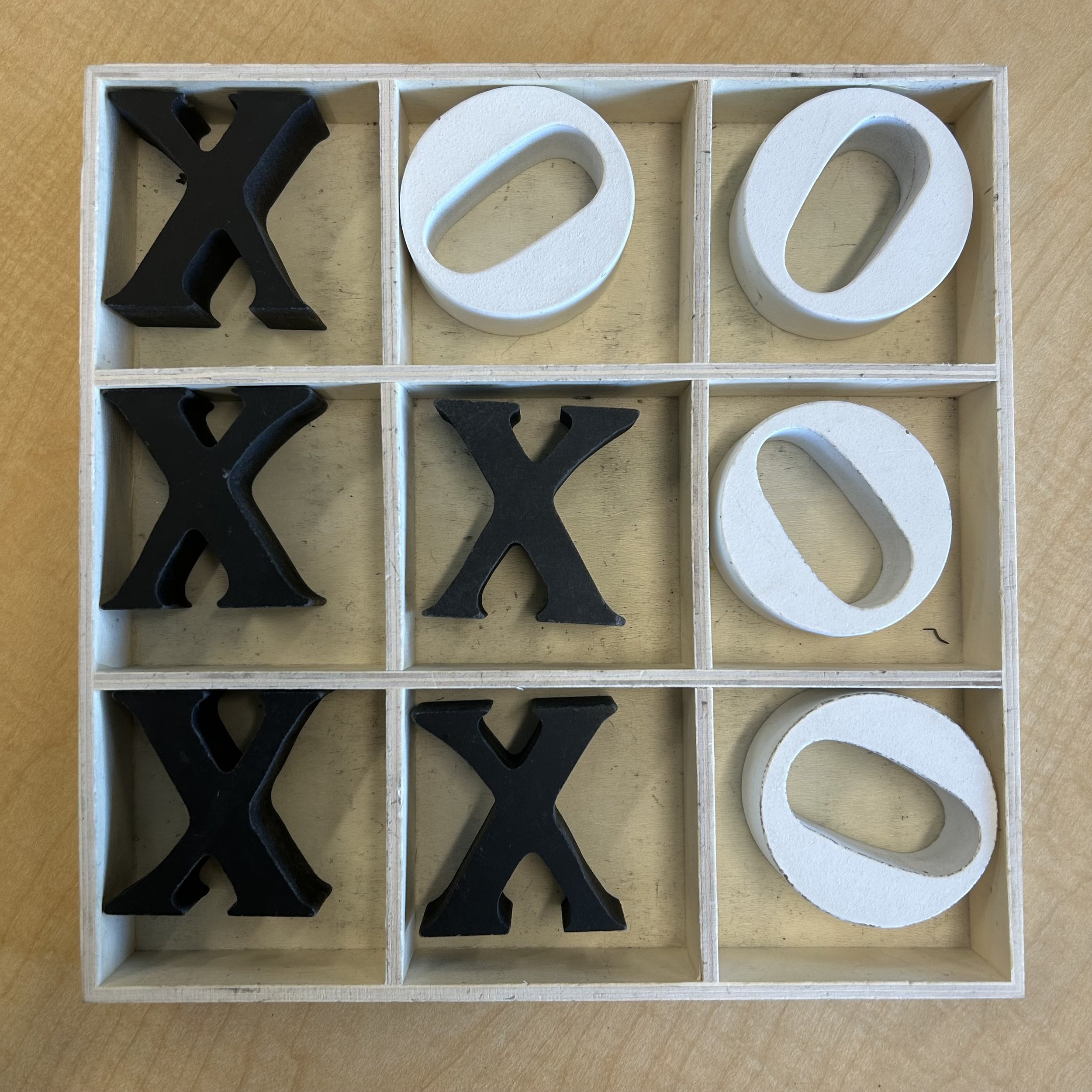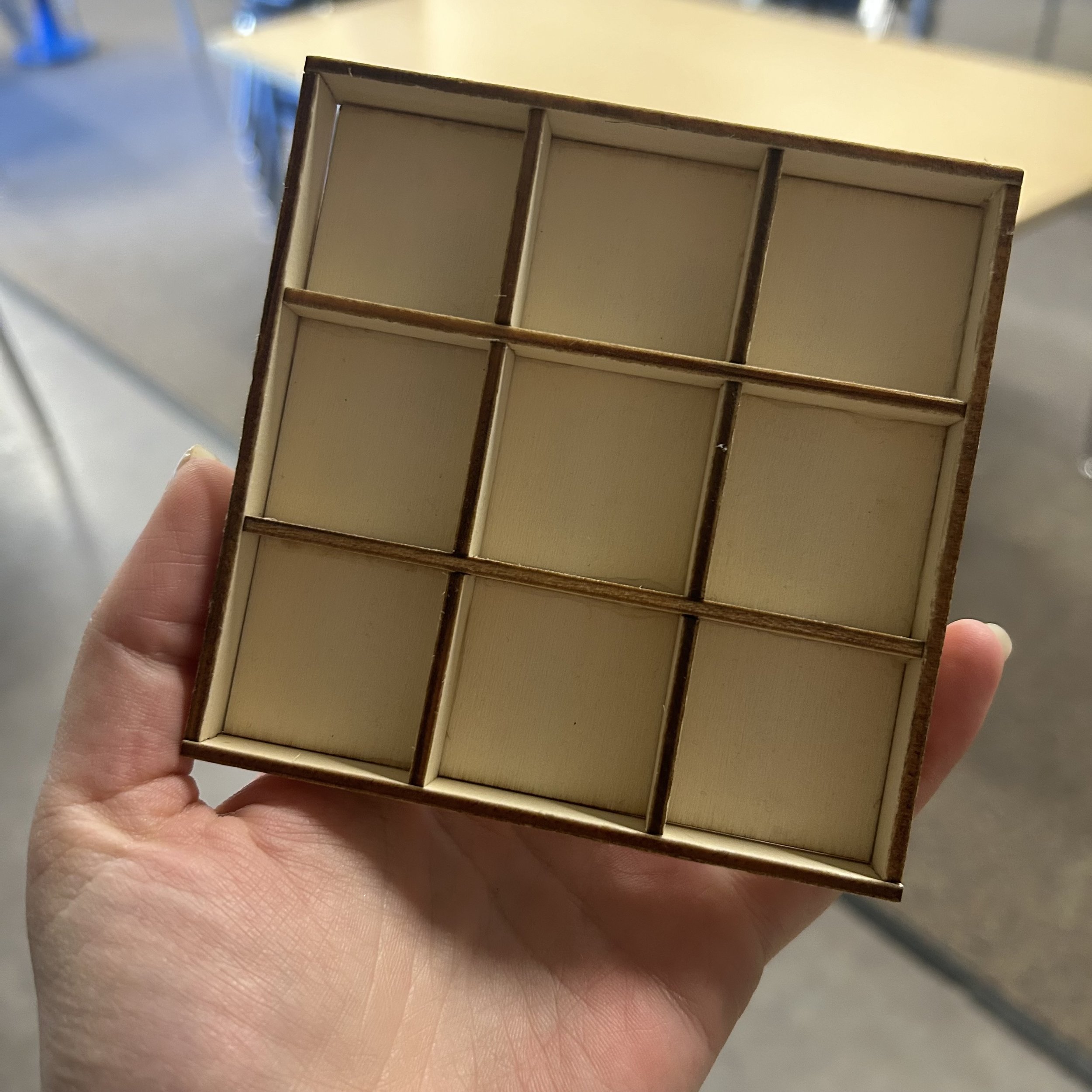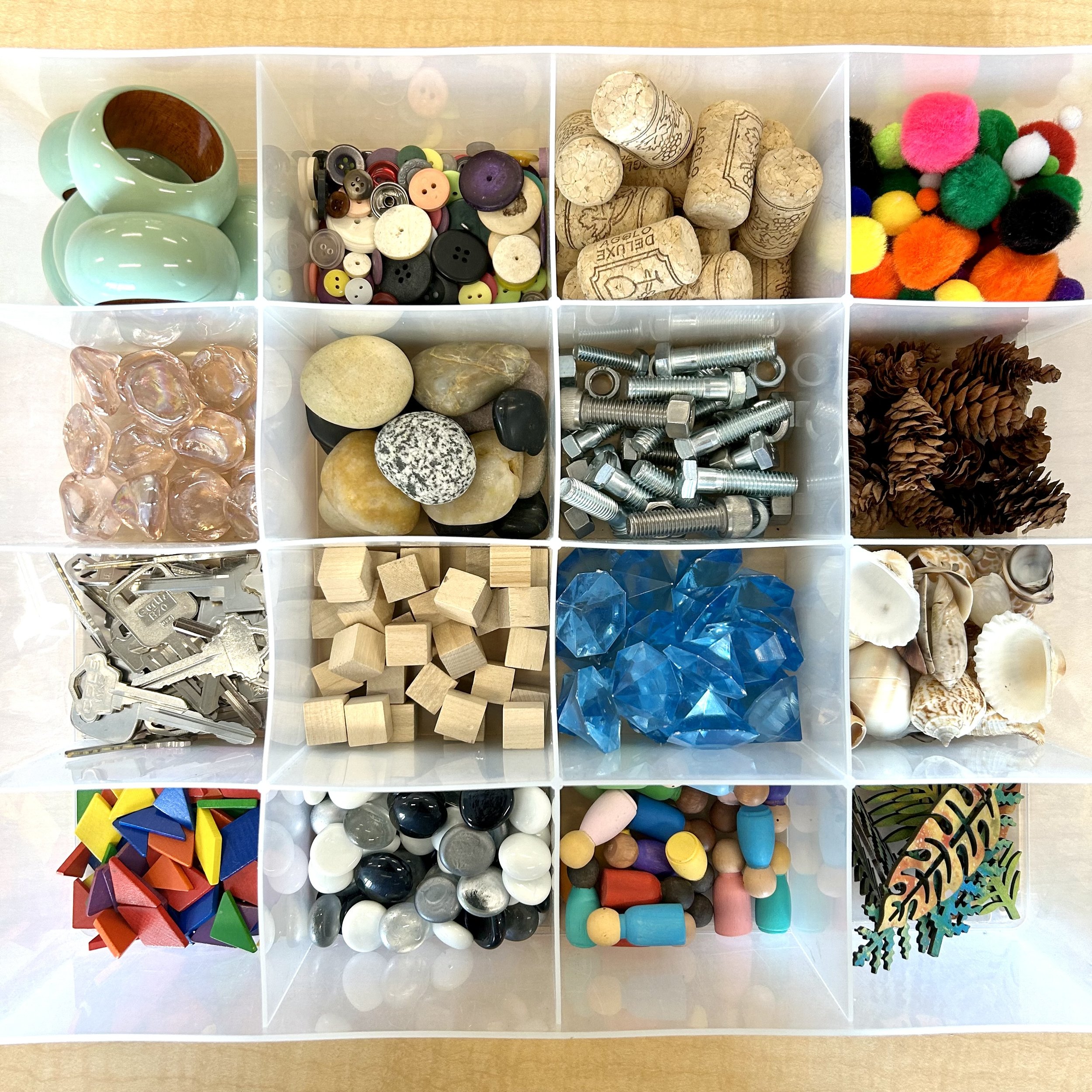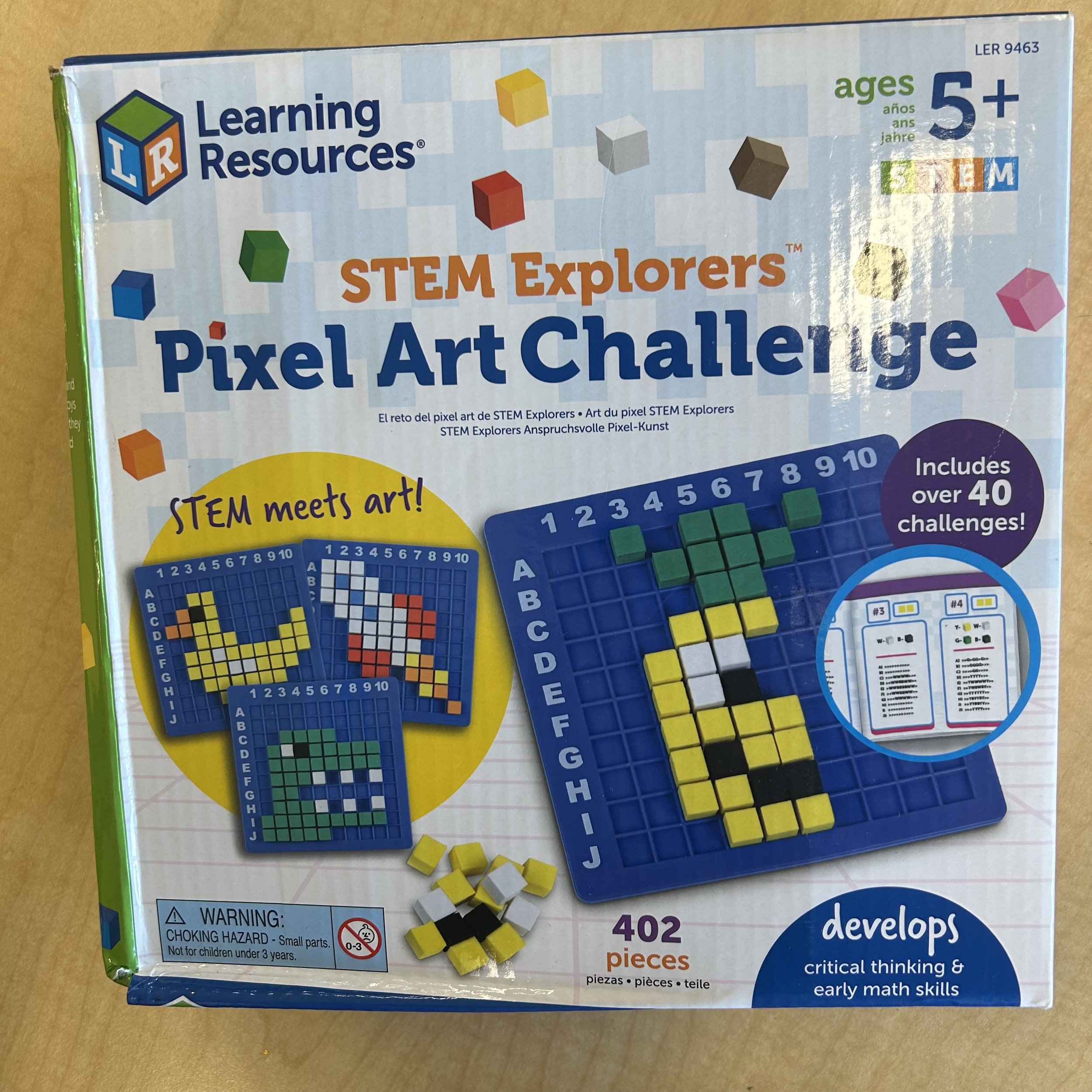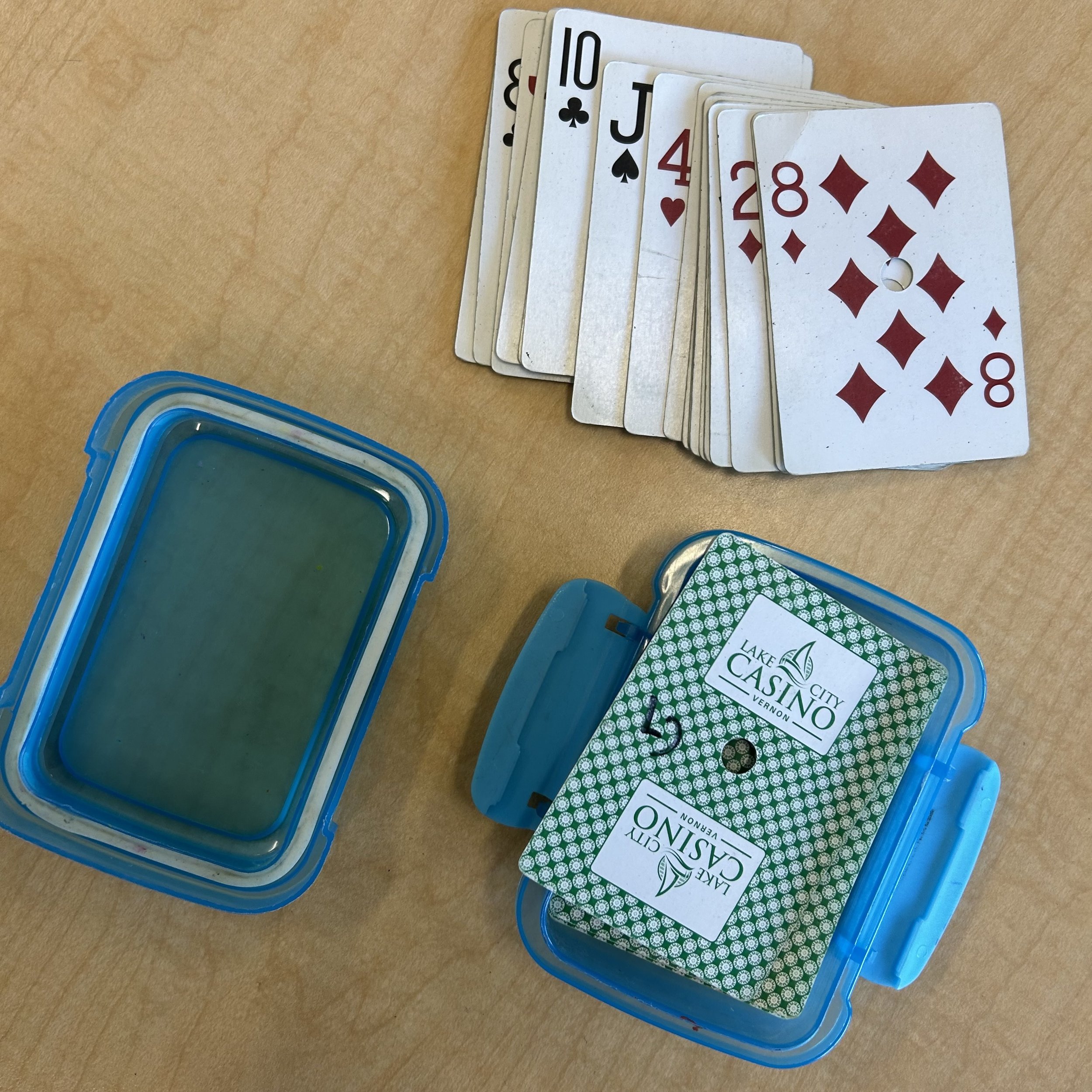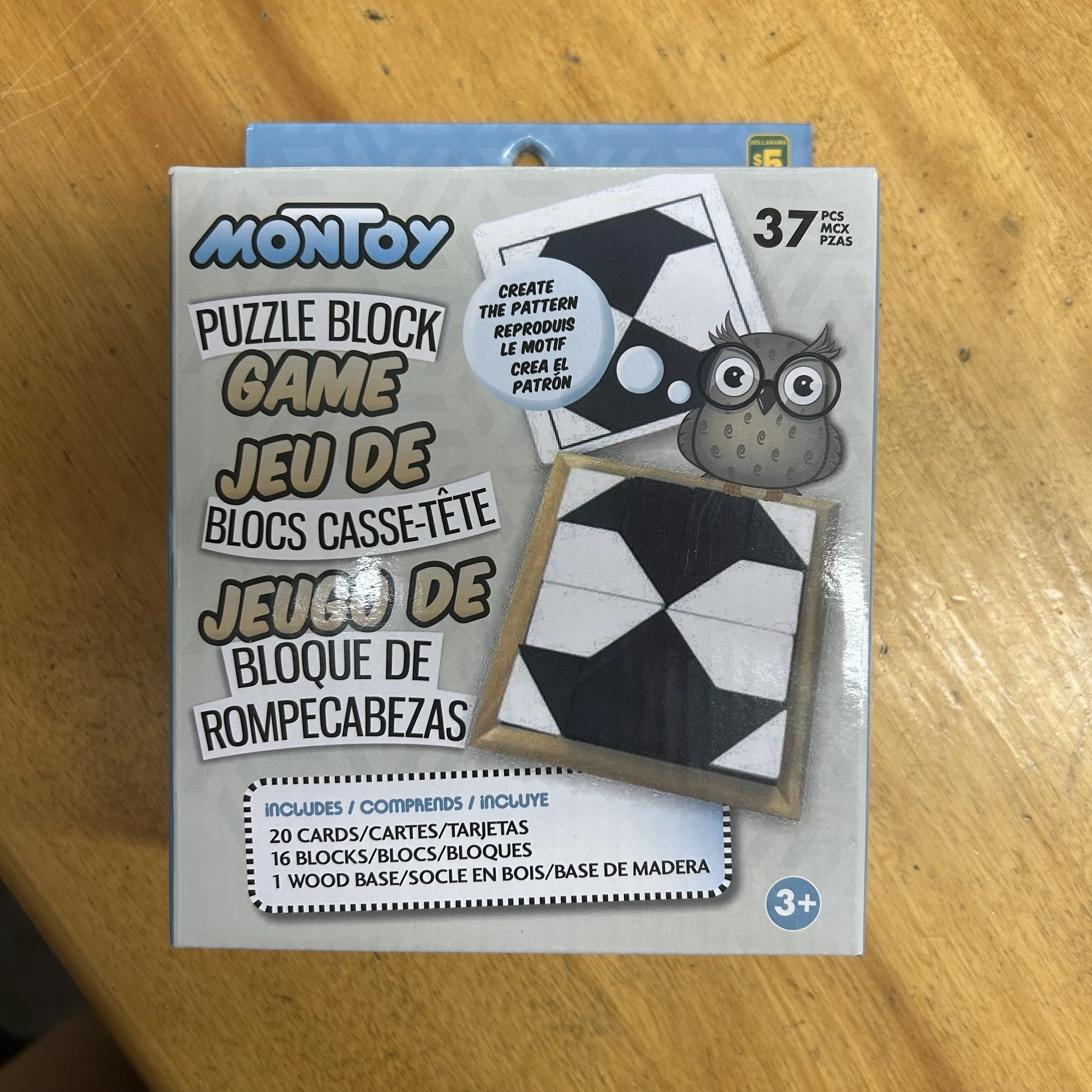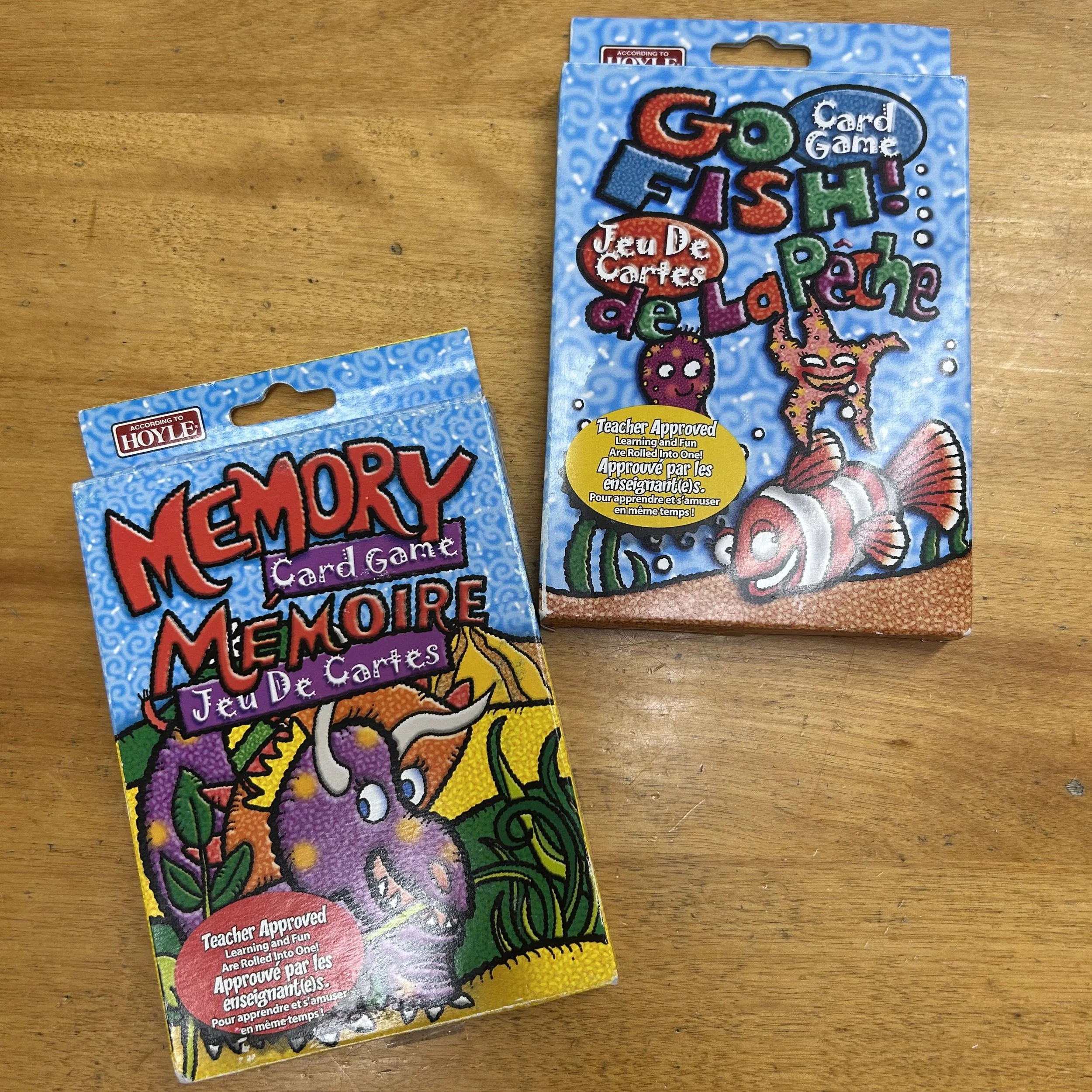Paperless Early Finisher Bins
Those speedy kids are hard to keep up with. While you can always give them the “read, draw, colour” options, it’s nice to offer some other options too. I’ve been doing early finisher tubs of some sort my whole career. While it has gone through changes, I currently do these paperless bins that are fun and have sneaky educational value.
How it works
The idea is that these bins offer activities that can be completed INDEPENDENTLY.
When students are finished their work and have put it where it belongs (either in “fini” tub, in a duotang or other designated spot), they check the “pas fini” tub to make sure they don’t have any other unfinished work. If all their other work is completed, they can go ahead and start a bin.
Storage
My bins are in an IKEA Trofast storage system. There are 9 bins and there is usually one activity per bin. Don’t have room for a Trofast system? Use anything! Ziploc bags, messenger zip up bags, plastic stacking tubs…anything works!
Choosing a bin
You can allow students to choose any bin, or you may set up a rotation. I’ve done both. I find that if all the activity options are “equal”, they will pick what they want and I don’t have to bother with rotation. When I’ve done literacy or math centre type stuff in there, I do need a rotation, otherwise they stick to the same thing. If you’re looking for more info on that style bin, check out my French Early Finisher Bins blog post.
Using the bin
Maybe you’d like them to return to their seat, maybe they work on the floor/carpet area. Since my students work at tables, I generally prefer that to take their bin somewhere other than their table. I have a few other work spaces in my room or the carpet. This way, they don’t disturb or distract those who are still working. Most just sit on the carpet with the bin.
Getting started
It’s important to set your expectations of these bins. Who can use them? Will you use a board system or is it a first come first serve? How do they need to clean up? Where can they use them?
Most activities are pretty self-explanatory but if I think something needs explanation, I’ll mention it during our morning meeting on the day that it gets introduced.
Switching the bins out
I change the bins monthly to keep them fresh. With 9 bins and 10 months of school, I don’t have 90 different options to get me through all year so there are repeats. Think of it like a toy rotation a parent might use with their young child. I do have enough loose parts to make new loose parts trays or themes (some things do repeat but the theme doesn’t) but the rest just gets put in when I feel like it. I do have some more thematic things, like an Easter search and find or a Grinch memory game. In those instances, I put the thematic things in during their month. I do try to balance what I’ve put in there, so I won’t put all the memory games in at once. I’ll spread them out.
No long board games
Board games with a bunch of cards and pieces aren’t ideal. We don’t need Monopoly money or Clue pieces all over the place. Sometimes they only have 5-10 minutes which isn’t enough time to set up and play. I do have some classic games like Battleship and Snakes and ladders but these are far faster to set up and take down. So far, they don’t really complain that they don’t get to finish their game when I tell them it’s time to clean up and move on to our next lesson or activity.
Indoor recess use
Depending what your indoor recess looks like, you may allow different things. If you want to allow some play without pulling out all the centres, these are a great option.
FAQ
Do you tell them which bin they have to use?
No. I used to rotate them in groups to make sure they did all the bins. Since changing to a games based early finisher style, I don’t care which bin you take. This system isn’t supposed to add more to my plate, so if you want to only play with the Uno cards, be my guest.
Are the bins always open?
No. Depending on the activity, I might say that bins are not an option for early finishers. This might be because we’re doing a quiz and I don’t want to add distraction for those who aren’t finished. Sometimes behaviour dictates that bins aren’t a choice today. You haven’t shown me that you can be respectful with them so they’re closed.
The other time that I say no to bins is if there aren’t many minutes left before we transition. This may mean that there’s already students using them but I won’t allow any new bins to be pulled out. If there are only a few minutes left, I don’t need you making a mess to have to just clean it up. In this case, your choices are back to draw, colour, read.
Do you ever close individual bins?
Yep! Sometimes they aren’t treating a bin with respect so it’s closed. This happens sometimes with loose parts. You’re not cleaning them up properly, you’re throwing them, you’re not using the activity or materials the way they’re meant to be used. It gets closed until you can show me that you can be respectful of my things. I understand that this “punishes” everyone but it’s too hard to police who is and who isn’t allowed in that bin. Someone ruined for all of us, too bad.
What if a kid doesn’t want to use the stuff in the bins?
Oh well, other kids will. If you have a student who doesn’t want to engage with any of those options (it does happen), they are more than welcome to read, draw or colour instead. For drawing, I offer blank on one side paper. I put extra copies, misprints or other things in there. I will grab stuff out of the prep room recycling bin and bring it back to my paper tub. Why not reuse it! I will print some colouring sheets (usually on a monthly basis) but it’s limited. I do have white paper but they have to request it and I usually only give it for certain things, like wanting to make a card for someone or for a student who I know is very artistically inclined and will take their time. For the kids who run though paper like crazy, use the recycled stuff.
Examples of what I put in the bins
Below are some examples of different things I like to include. Games, building toys (STEM and fine motor!), puzzles etc. I have thrifted at least half the things on this list. I always take a trip to the kids section when I’m at a thrift store to see what I might be able to add to my collection.
Tangram puzzle & Kanoodle/spatial puzzles
Great for spatial, visualization and problem solving.
The brands for the ones on the right are Kanoodle and SmartGames.
Matching Games & I Spy Books
The matching games are SO popular in my class. They can be done solo or with a partner or two.
I Spy books are awesome to add for different holidays or themes. It’s a quiet activity, so that’s lovely. I’ve thrifted my entire collection.
Where’s Waldo or Search & Find books
Similarly to I Spy, these don’t require a friend to play with and they’re a quiet activity. I found my Waldo books at the thrift store but this search and find book was found at Dollarama in the book section.
I like to give them a magnifying glass too, they love it!
Plus Plus & Pix Brix
Both of these are excellent for fine motor building.
Brain Flakes & Magnetic balls and sticks
Both of these are excellent STEM style building choices.
Tic Tac Toe
The large one is from Dollarama. A great alternative is also a little upcycle from Dollarama. The little wooden tray on the right had wooden shapes in it, I reuse them for Tic Tac Toe games with gems or tokens.
Loose parts
Loose parts are endless and there are so many ways to use them. I have two bins of loose parts in my early finisher unit. There’s usually one that’s seasonal and one that’s random bits. On the left is an example of a larger tray I have that students can use. There is no expectation to create stories here, they can do whatever they want with them. Looking for more info on loose parts and story workshop? Check out the blog post.
Pixel Art & Snakes and Ladders
I also won this Pixel Art Challenge kit at a workshop. They use the little cubes to make images, so fun! IT comes with a book for students to copy but they also make their own.
The classic Snakes and Ladders is an easy one to include. Most kids have played it before!
Battleship & Connect Four
Both classic games that most kids have played or at least one person has an can easily explain it to another. Both of these were thrifted and they’re huge hits!
Bananagrams & Blokus
These are both games that students may have played before and if not, they’re not very complicated. Another example of fun games in the games section at the thrift store.
I actually have 2 versions of Blokus. The one pictures is for 2 and I have the original one with 4 colours for 4 players.
Playing cards & Uno
Cards have always been a huge seller in my class. Sometimes they play games together, but I also have students who love playing solitaire. You can often find card decks at thrift stores.
This UNO Express game was from Dollarama! You can also find lots of used ones at your thrift store.
Geoboards & Play-doh
These are both great for fine motor and creativity. You can use premade or homemade Playdoh. If choosing to include Playdoh, you might consider including a place mat for them to work on. This will keep the mess contained.
Ball maze & Guess Who?
The ball maze can be played alone and requires steady fine motor.
Guess who can be a great one for oral communication, while still being fairly quiet between 2 players.
Tangram puzzle & Go Fish
This puzzle game was found at Dollarama.
The dino memory and Go Fish were thrifted.



